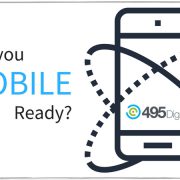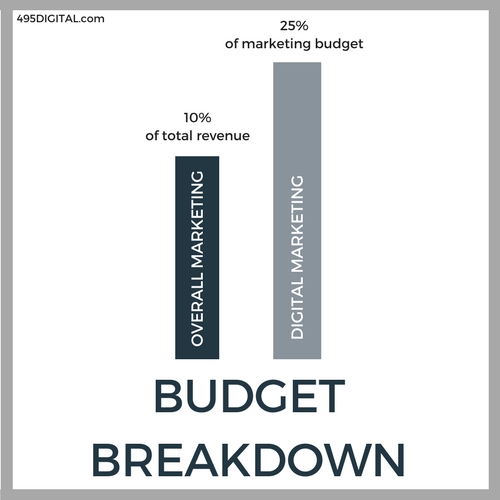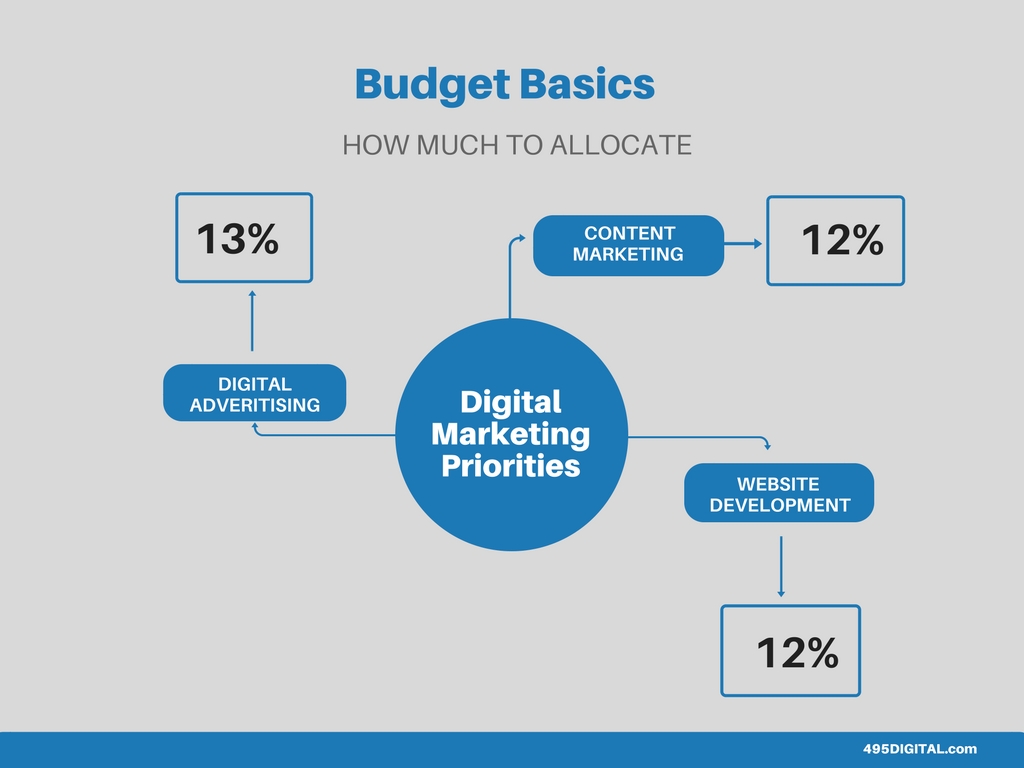Jaw Dropping Stats That Will Make You Want to Take a Second Look at Pinterest
One of the best ways for brands to expand their consumer bases is through digital marketing, and while most people think of such online marketing in relation to major social networks like Twitter and Facebook, Pinterest is actually an exceptionally valuable tool for marketing.
Stats on Pinterest
Not only can individuals create accounts with Pinterest, but businesses can as well. There are a wide number of positive statistics that show why Pinterest is such a powerhouse in the marketing world.
- 176 million registered profiles
- 42% of the US adult women use Pinterest
- 150 million active users
- 80 million active monthly users from outside the US
- 84% people on Pinterest use the website across multiple devices
- 72% people on Pinterest use this platform to determine what to buy offline
- 85% of users are women
- 70 million active monthly users from the US
- 87% Pinners have purchased a product because of Pinterest
- 83% users would rather follow a brand or company than a celebrity
- 75 billion pins
- 70% of sales due to promoted pins are from new customers
- 55% shoppers claim Pinterest is their favorite social media platform
Below are a few reasons why Pinterest is so effective as a marketing tool.
Conversion Rates
When a viewer on the Pinterest platform sees your work, it is far easier for them to be converted into a customer than it is through other social networks like Facebook or Twitter. You’d have to pay for a higher tier of advertising on those platforms in order to get the same sort of visibility.
Higher Traffic
Any business that relies heavily on internet-based sales wants to receive as much traffic as possible for the highest possible revenues. Pinterest is good at generating this sort of traffic around your site thanks to the way it links everything together.
The Power of Micro-Influencers
If you’ve never heard of micro-influencers, be prepared to hear more about them in the future. This idea is that a customer for a brand that has a lot of influence in the online sphere can actually promote the brand to their followers. Since Pinterest is more of a visual search engine than a social network, micro-influencers can create permanent viral content easily.
 Infinite Pins
Infinite Pins
There is no news feed in Pinterest that favors newer content over older. It works based on searches and the discovery method, so Pins that were created years ago are just as relevant as those created today. This means you don’t have to worry about updating your page with new content just to avoid blending into the background.
Greater Inbound Linking
Linking is one of the linchpins of digital marketing, and Pinterest is one of the easiest platforms to use effective backlinks. Each Pin you post will include a link to the source from which the content was originally gleaned. As a business, this means that every piece of content you produce will be easily accessible by those searching for such content through re-Pins.
Macro-Influencers
Pinterest is useable as a micro-influencer and macro-influencer platform at the same time. Macro-influencers include those who are exceptionally prominent in both the online and real-world realms, like celebrities or politicians.
Conclusion
Pinterest is exceptionally valuable as a social media network and as a marketing tool because of the way it’s different from other such platforms. By properly using Pinterest, you can put your brand or service in front of a large audience seeking exactly what you offer.





 Develop Mobile-Friendly Web Design
Develop Mobile-Friendly Web Design Personalize Your Mobile Marketing Efforts
Personalize Your Mobile Marketing Efforts
 Gone are the days when businesses of all shapes and sizes spent the majority of their advertising dollars on traditional advertising mediums like billboards, newspapers, T.V., and radio. Now, almost all businesses regardless of their size spend most of their hard earned profits on digital marketing.
Gone are the days when businesses of all shapes and sizes spent the majority of their advertising dollars on traditional advertising mediums like billboards, newspapers, T.V., and radio. Now, almost all businesses regardless of their size spend most of their hard earned profits on digital marketing. 
 How Much To Allocate
How Much To Allocate 